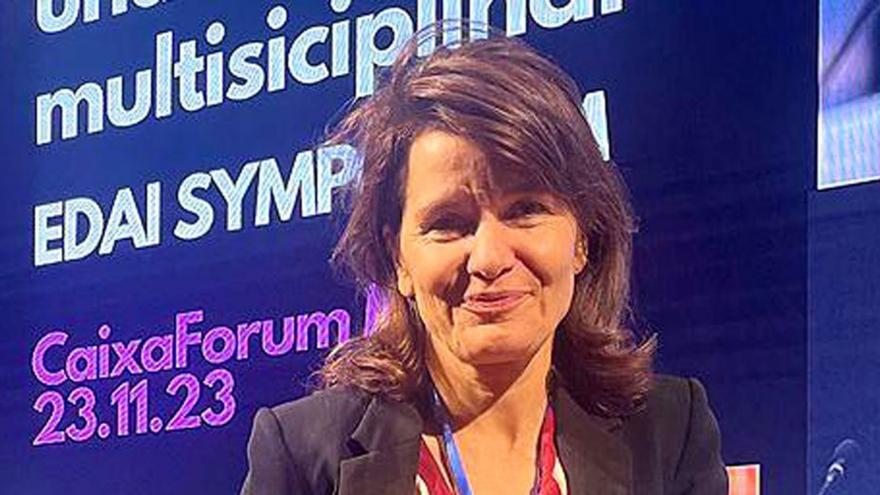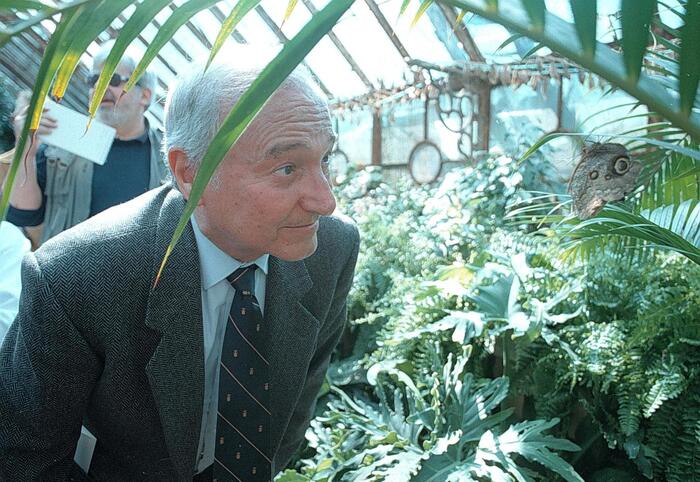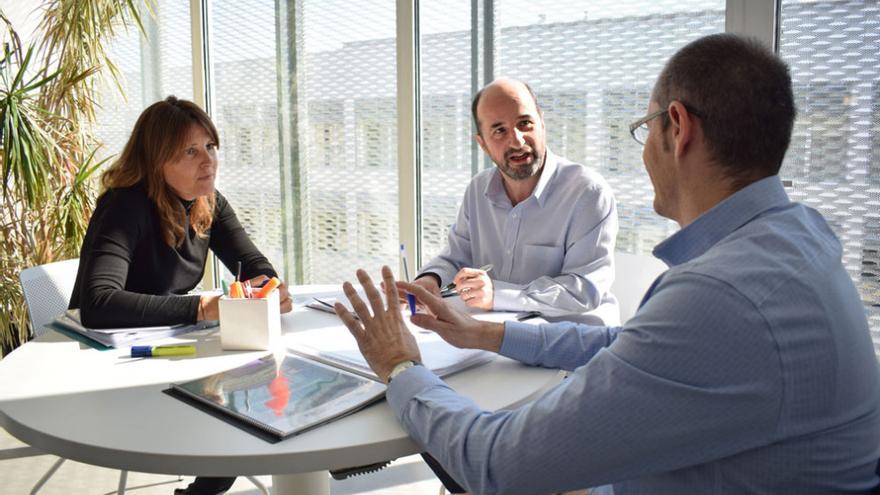As a psychiatrist and one of France's leading specialists in autism spectrum disorder (ASD), Frédéric Bonnet-Brilleholt has dedicated her career to expanding the understanding of this neurodiversity, especially in childhood, both from the laboratory and in clinical care. In November, he participated in the EDAI Symposium held at CaixaForum Madrid and organized by EDAI, an organization specialized in neurodevelopment and mental health of children and young people which receives support from social enterprise calls from the La Caixa Foundation.
The concept of autism spectrum disorder (ASD) has changed over the years. At what point is he currently?
We know that autism spectrum disorder is due to abnormal brain development during pregnancy and not to problems related to parenting or relationships with parents during childhood, as has long been thought. In addition, we now also know that it is due to a combination of genetic and environmental factors. And that each individual will have a specific form of the disorder and a specific course.
What remains to be understood about this disorder?
We have not yet been able to develop a drug treatment. We also do not know how to diagnose autism through biological markers, so the only way is through clinical observation and evaluation. Currently interventions focus more on rehabilitation than medications, but I believe we will be able to find at least specific medications to treat specific symptoms. There are many projects already underway.
His research focuses on the neurophysiological mechanisms of autism spectrum disorder. What progress has been made?
We have shown that children with autism process the senses differently: hearing, sight and even touch. That is, their brain perceives the environment differently and therefore does not decode social information as well as others, such as face, gaze, tone of voice… This prevents them from taking the next step at the level of social development, which is more complex as they grow.
How did you transfer this knowledge later in therapy?
By knowing this, we have been able to develop specific treatments through individual sessions in which different interventions are combined to carefully analyze the way the child looks at you, listens to you… In this way we can understand the way the patient looks at you. Interpret and communicate with the world more effectively. This is what we call synchronization in the social sphere.
Once this synchronization is achieved, can the patient be helped to reinterpret the world?
We know that different common social situations can be complex for a child with ASD, such as being in a classroom with many other children, with noise and constant stimuli, so we prepare them, for example, with videos of that class. Through VR, we perform a gradual immersion, so that they gradually adapt and learn how to manage the situation in advance.
Related news
What would you say to parents who have a son or daughter diagnosed with autism spectrum disorder?
I like to tell them that the initial diagnosis is a photograph, but it is not static, but dynamic. This is the first step in determining which treatment is best for your child and will develop from there. We have more and more boys and girls who are showing a positive trajectory.

“Infuriatingly humble social media buff. Twitter advocate. Writer. Internet nerd.”



